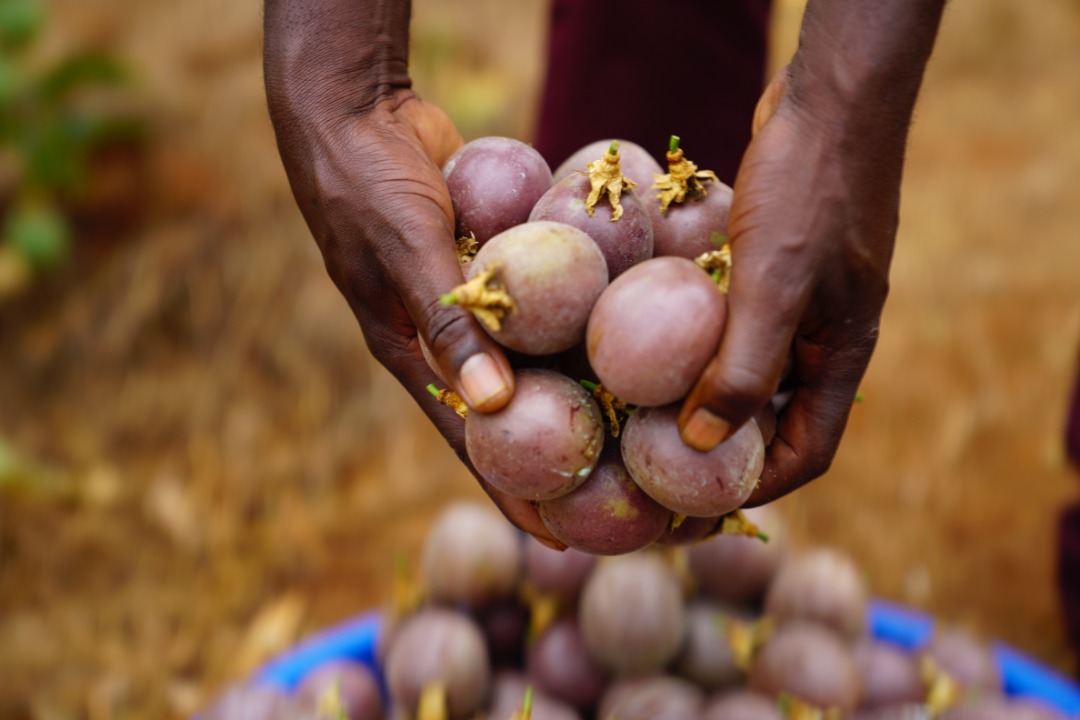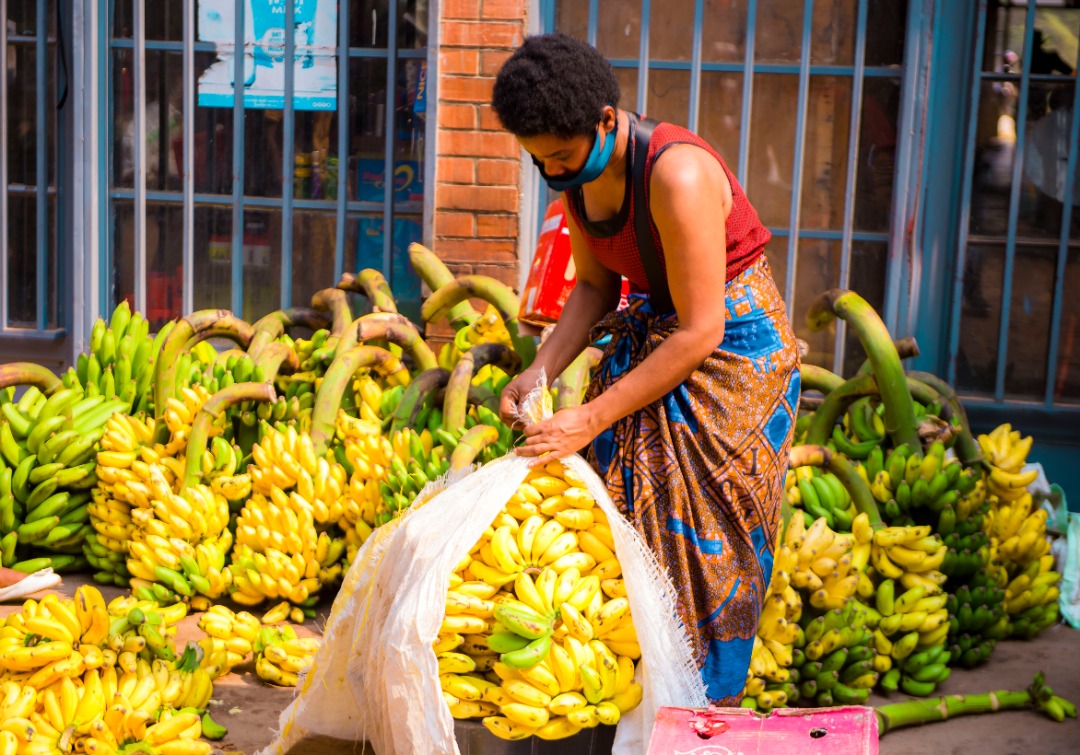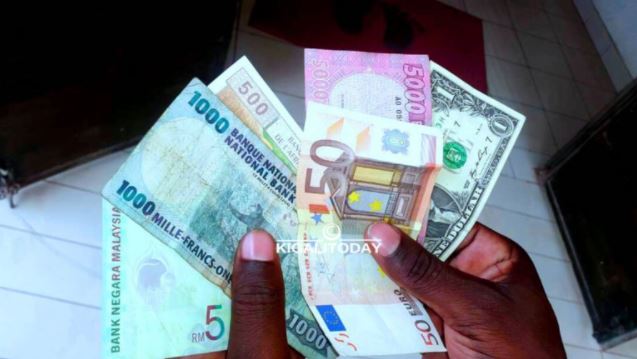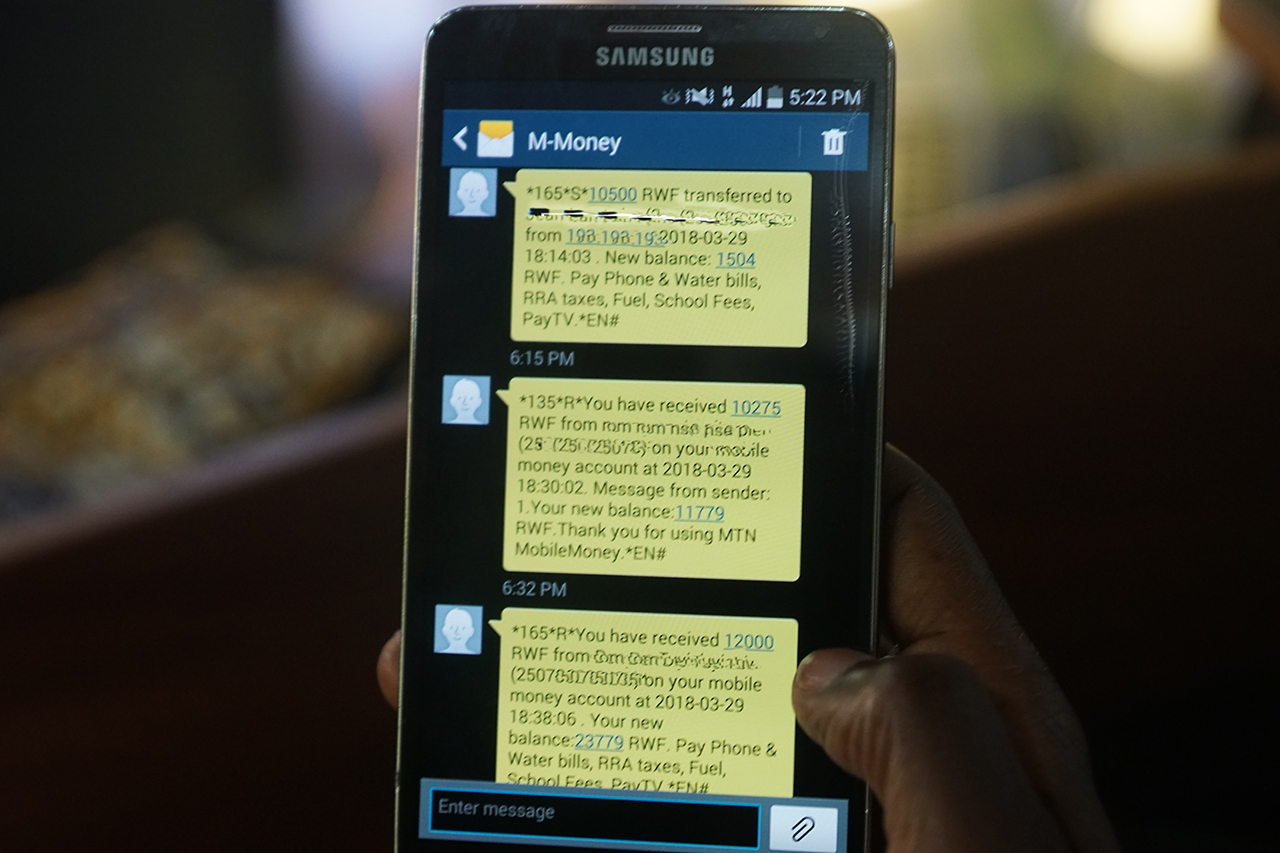
The National Institute of Statistics (NISR) has released GDP results of the Second Quarter 2020 showing a decrease by 12.4% and the education sector as most affected.
The report released yesterday said that Rwanda’s GDP decline in Q2, 2020 reflects measures taken to contain COVID-19
“Economic sectors mostly affected: Education -67%, hotels & restaurants -62%, transport -41%, trade -22% and construction at -20%, said Yusuf Murangwa, the Director General NISR.
The Agriculture sector dropped by 2%, while industry decreased by 19% and the Services sector declined by 16%, the report said, against the Q1 report where Agriculture growth -1%, Industry growth 2%, Services growth 6%.

This declined growth is against the registered growth of 3.6% GDP growth in the First Quarter (Q1) of 2020, which was slowed down due to the initial months of the COVID-19 pandemic compared to 9.4% growth in 2019.
However the Q2- Second Quarter 2020 figures don’t come as a surprise since the statisticians had already, in July predicted a negative growth in the second half and only a recovery is expected in Q3 and Q4.
In the second quarter of 2020, GDP at current market prices was estimated at Rwf2.175 billion, down from Rwf2.346 billion in Q2 of 2019.
Services continue to lead in terms of shares to GDP with 45% compared to 28% and 19% shares for agriculture and industry respectively. The remainder 9% is attributed to net taxes on products.
This is partly attributed to positive growth in the finance sector and the new Economic Recovery Fund (ERF) plan in which government has injected $100m to revamp the Covid-19 most affected sectors especially the service sector.

The September Central Bank monetary financial statement shows broad money picked up by 10% as a result of credit to the private sector and number of transactions and amount exchanges with volumes transacted hitting Rwf1.3trillion in 2020 Half One (H1) from Rwf493billion in 2019.
Before Covid-19 the education fact sheet for 2019 shows Pre- nursery had 6,690 learners, Nursery 282,428, Primary 2,512,465, Secondary- 732,104, TVET -107,167, Tertiary- 86,206 and Adult literacy 127,117- who had over 96,000 teachers, caregivers and instructors.
However with over 3million learners out of school and their teachers without jobs since March 2020, the Covid-19 heat has been much felt on private school owners and teachers compared to public school which continue to rely on monthly government support.

Mobile money transactions
As a way of supporting some of the public schools affected by Covid-19 government has through the ERF disbursed soft loans to sustain the affected teachers and support staff as reopening of schools remains uncertain.


